Thoughtful interior design has the power to transform how we feel, work and connect in our daily lives. From calming design elements to optimised layouts, here’s how design plays a crucial role in enhancing your overall wellbeing.
1. Emotional Impact
The way a space looks and feels has a profound effect on our emotions. Using colour palettes, textures and layouts strategically, can reduce stress and promote calm. For instance, soft blues and greens evoke tranquillity, while warm lighting creates an inviting sense of comfort.
Why it matters: A home that cultivates positive emotions becomes a sanctuary; a place where you can truly unwind and reset.
2. Increased Productivity
An effective workspace improves focus and efficiency. By incorporating natural light, ergonomic furniture and organised layouts, designers create environments that inspire motivation and help you perform at your best.
Why it matters: Whether you’re working from home or managing a busy household, a productive space ensures you can tackle your tasks with clarity and ease.
3. Enhanced Comfort
Comfort isn’t a luxury—it’s essential. Thoughtfully selected and arranged furniture can reduce strain, promote better posture and enhance how you move through a space. From supportive chairs to perfectly placed sofas, considered design prioritises your physical ease and relaxation.
Why it matters: Physical comfort enhances relaxation, allowing you to fully enjoy your surroundings without distraction or discomfort.
4. Encouraging Social Interaction
Interior design can bring people together. Open layouts, comfortable communal areas and well-placed seating encourage conversations and invite meaningful connections.
Why it matters: Spaces that promote social interaction support mental health and strengthen relationships.
5. Connection to Nature
Incorporating natural elements such as indoor plants, natural light, and earthy materials, create a sense of harmony. Biophilic design connects us to the outdoors, improving mood, reducing stress and even enhancing cognitive function.
Why it matters: Bringing nature into your home makes for a restorative environment that soothes and inspires.
6. Personal Expression
Thoughtful interiors reflect the essence of who you are. Curated furnishings, colours and décor express your style all contribute to a sense of belonging and pride.
Why it matters: Your home should tell your story; a unique space that brings you joy every time you walk through the door.
7. Inclusive Design and Accessibility
True wellbeing means everyone feels at ease in a space. Inclusive design ensures accessibility for people with varying needs, promoting independence and comfort. Features such as wider doorways, seamless flooring transitions and adaptable furniture make homes welcoming for all, without sacrificing style.
Why it matters: Accessibility ensures your home works for everyone who lives in or visits it.
8. Improved Air Quality
Good interior design goes beyond aesthetics to prioritise health. Proper ventilation, low-VOC materials and air-purifying plants can significantly improve air quality, reducing allergies and promoting physical wellbeing. Especially in urban homes, these choices create a fresher, healthier space.
Why it matters: Breathing clean air in your home supports long-term health and keeps your space feeling fresh and inviting.
9. Mindful Spaces
In a world that rarely slows down, dedicated areas for relaxation and mindfulness are essential. Reading nooks, meditation corners or even a serene space for journaling can help you cultivate calm and mental clarity. These moments of retreat are vital in creating a home that truly nurtures you.
Why it matters: Mindful spaces encourage self-care, providing a refuge from the demands of daily life.
The Bottom Line: Design for Your Wellbeing
Mindful interior design supports your wellbeing in every way. When your home is designed with intention, it will work harder for you, fostering emotional balance, enhancing comfort and connection, and dramatically improving the quality of your daily life.
Ready to create a home that enhances your wellbeing? Let’s chat.
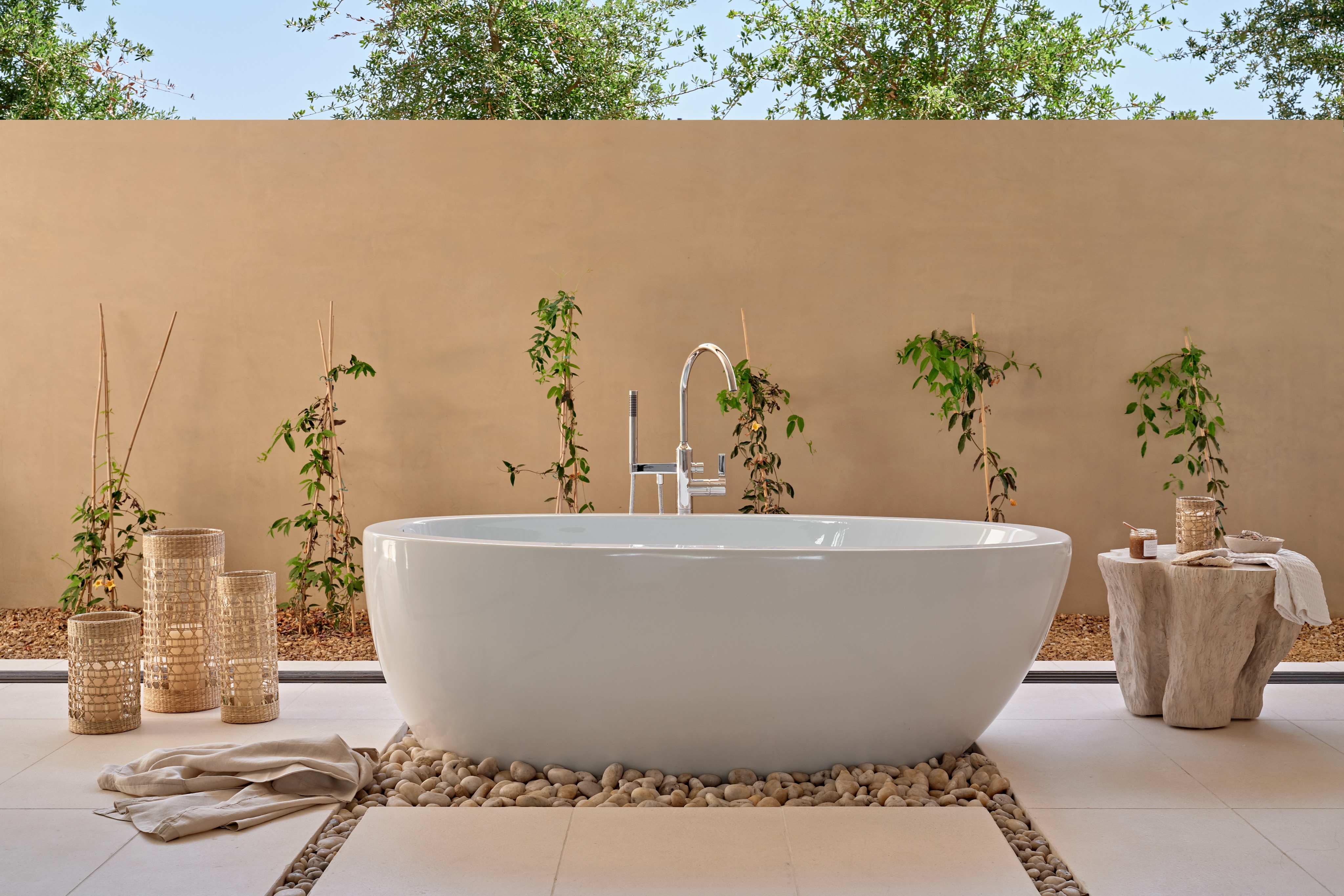
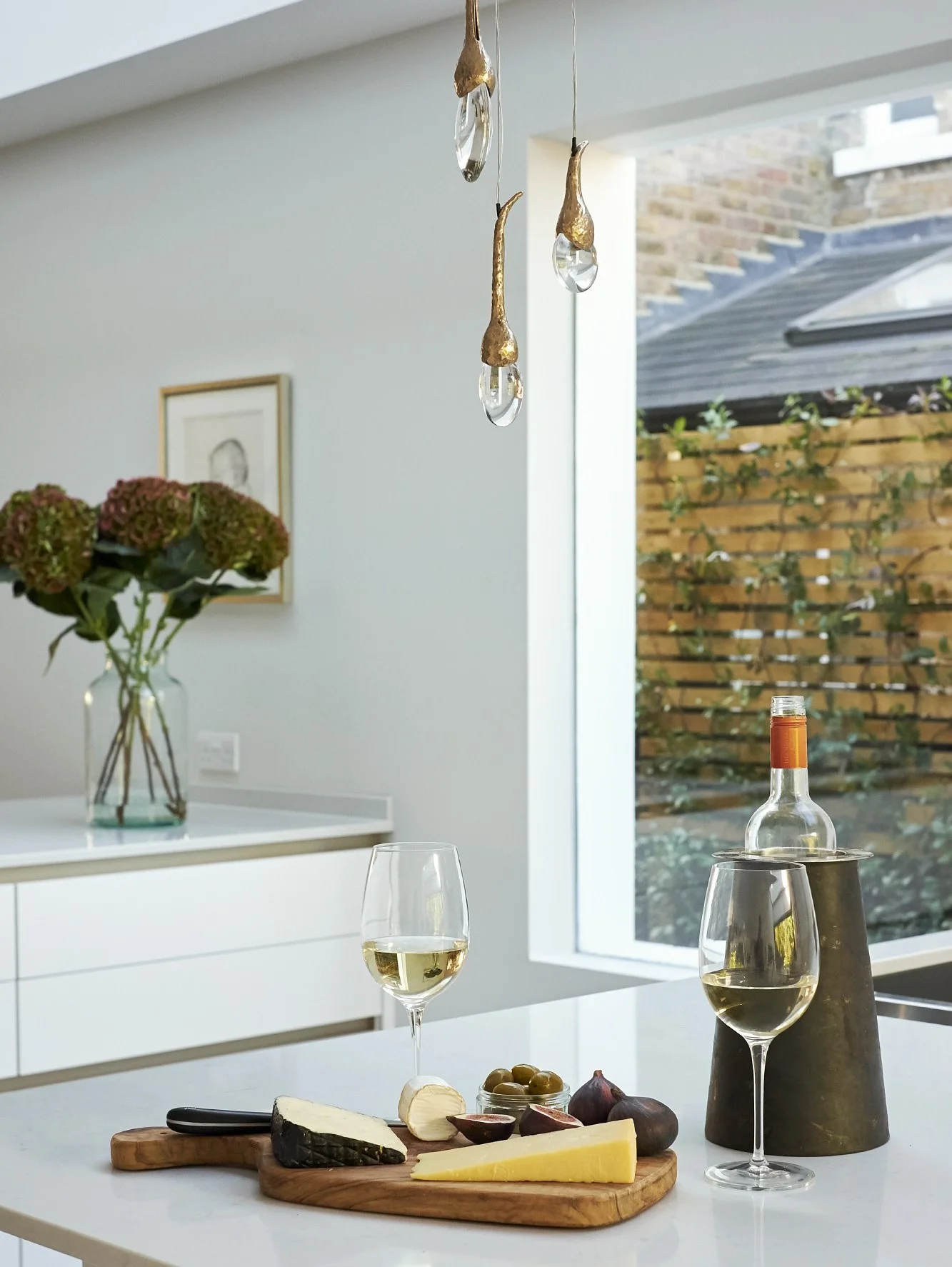
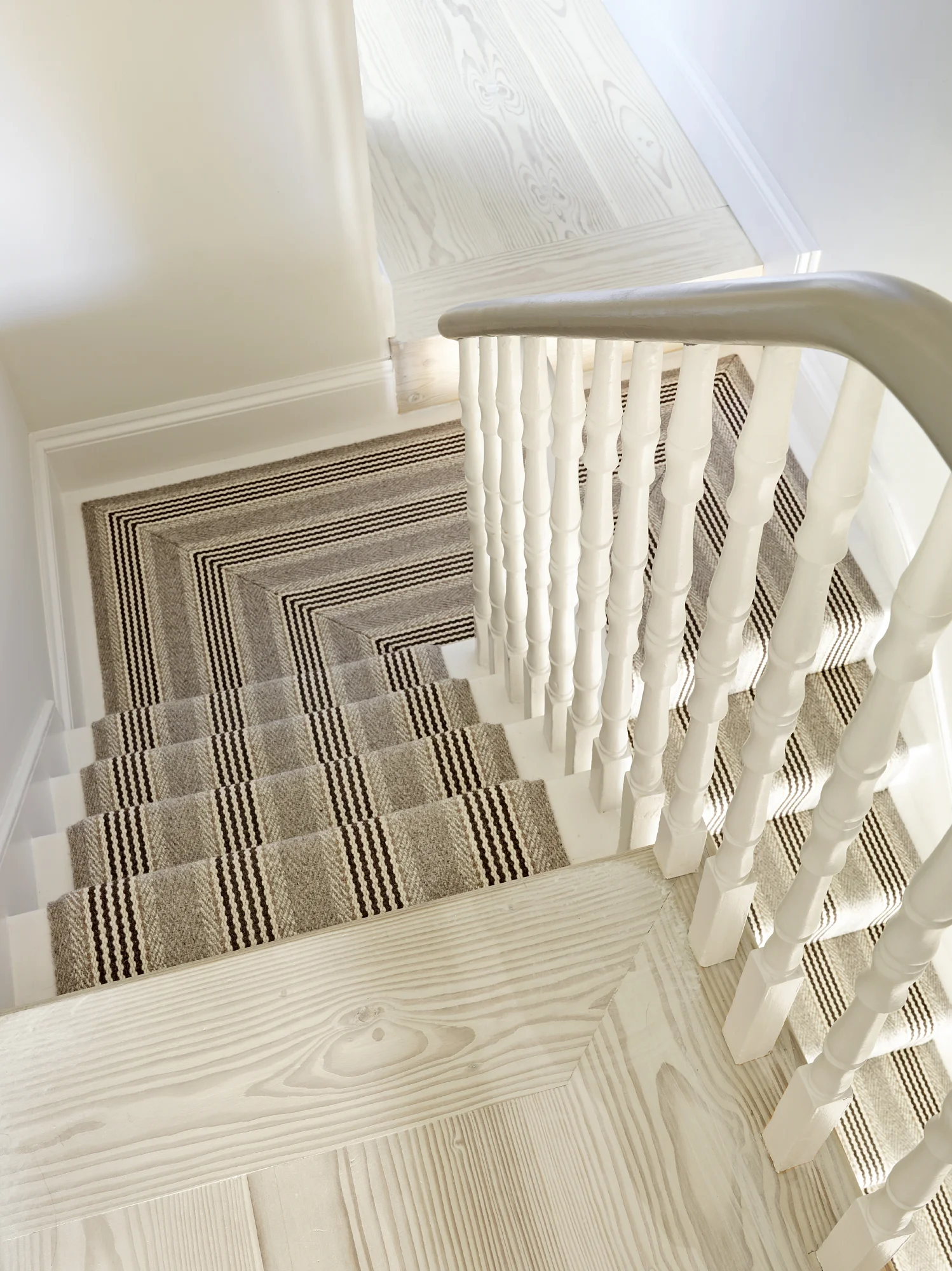
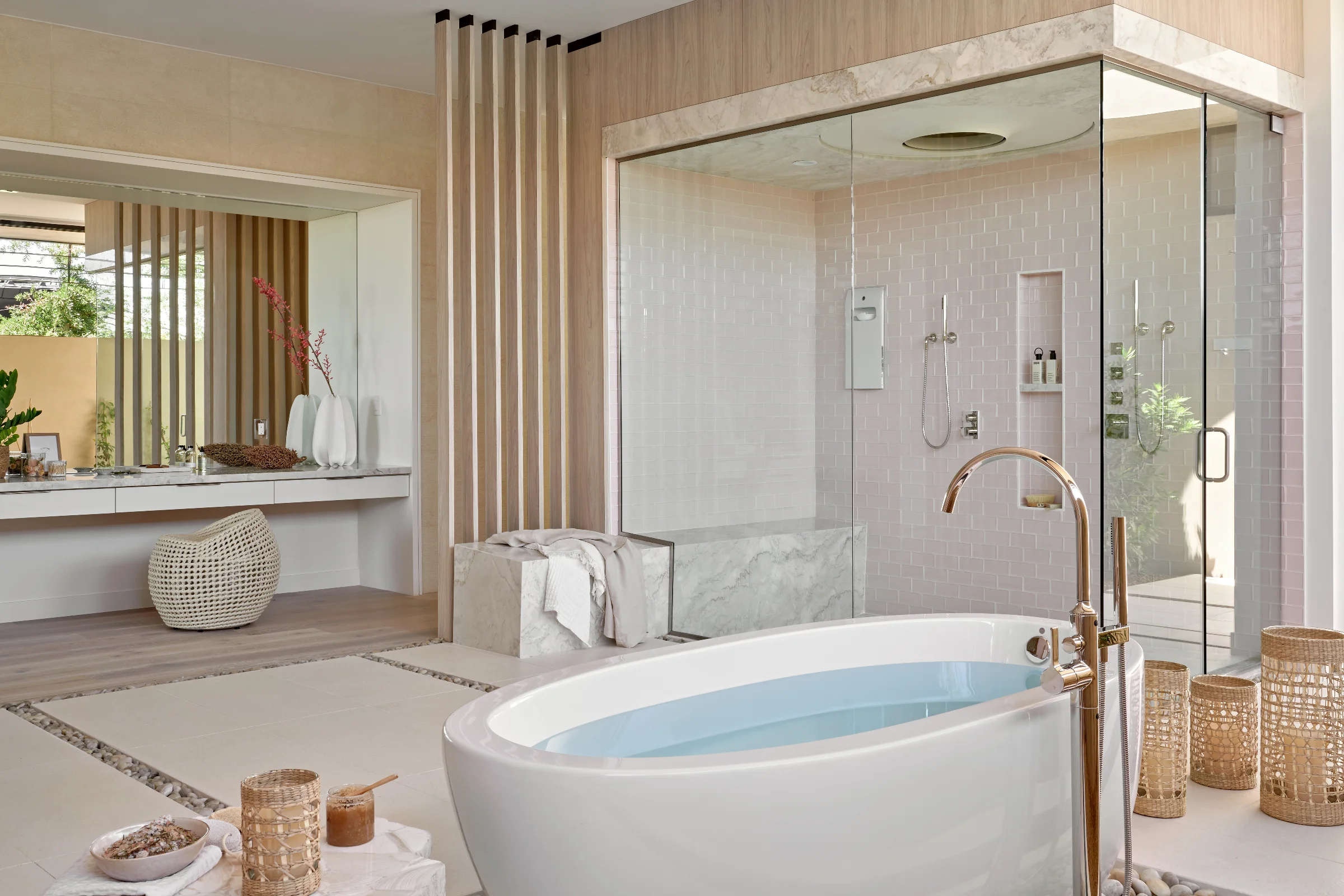

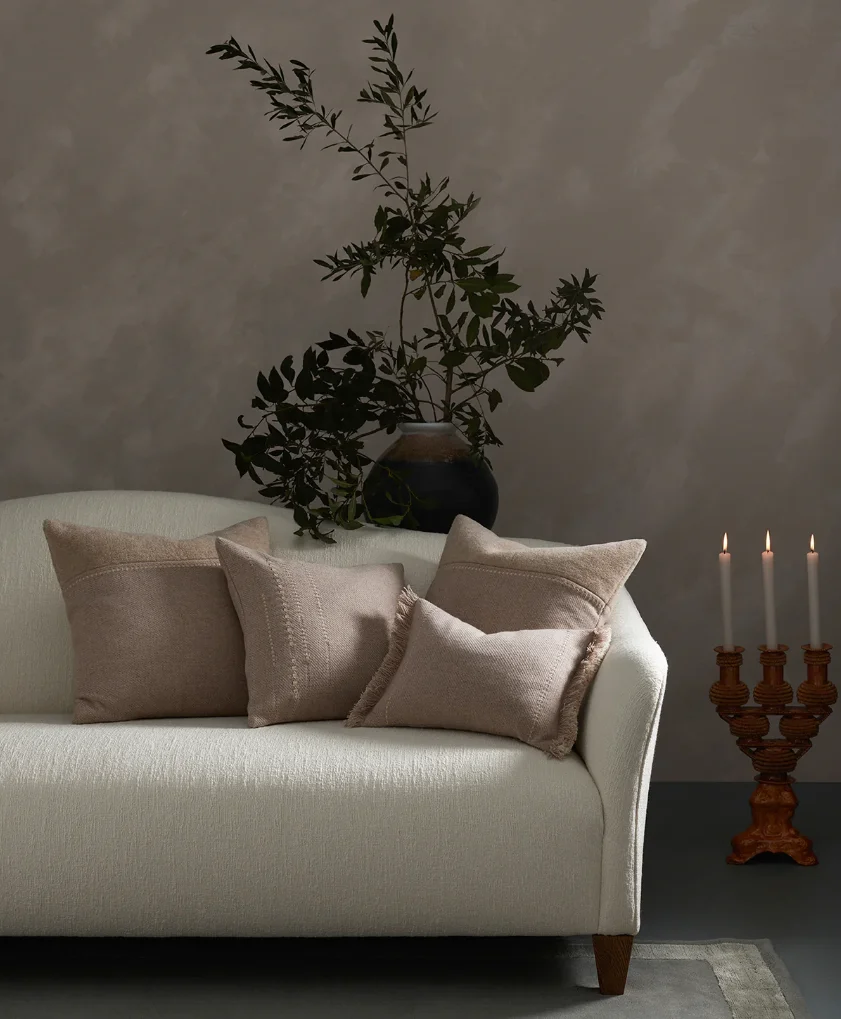

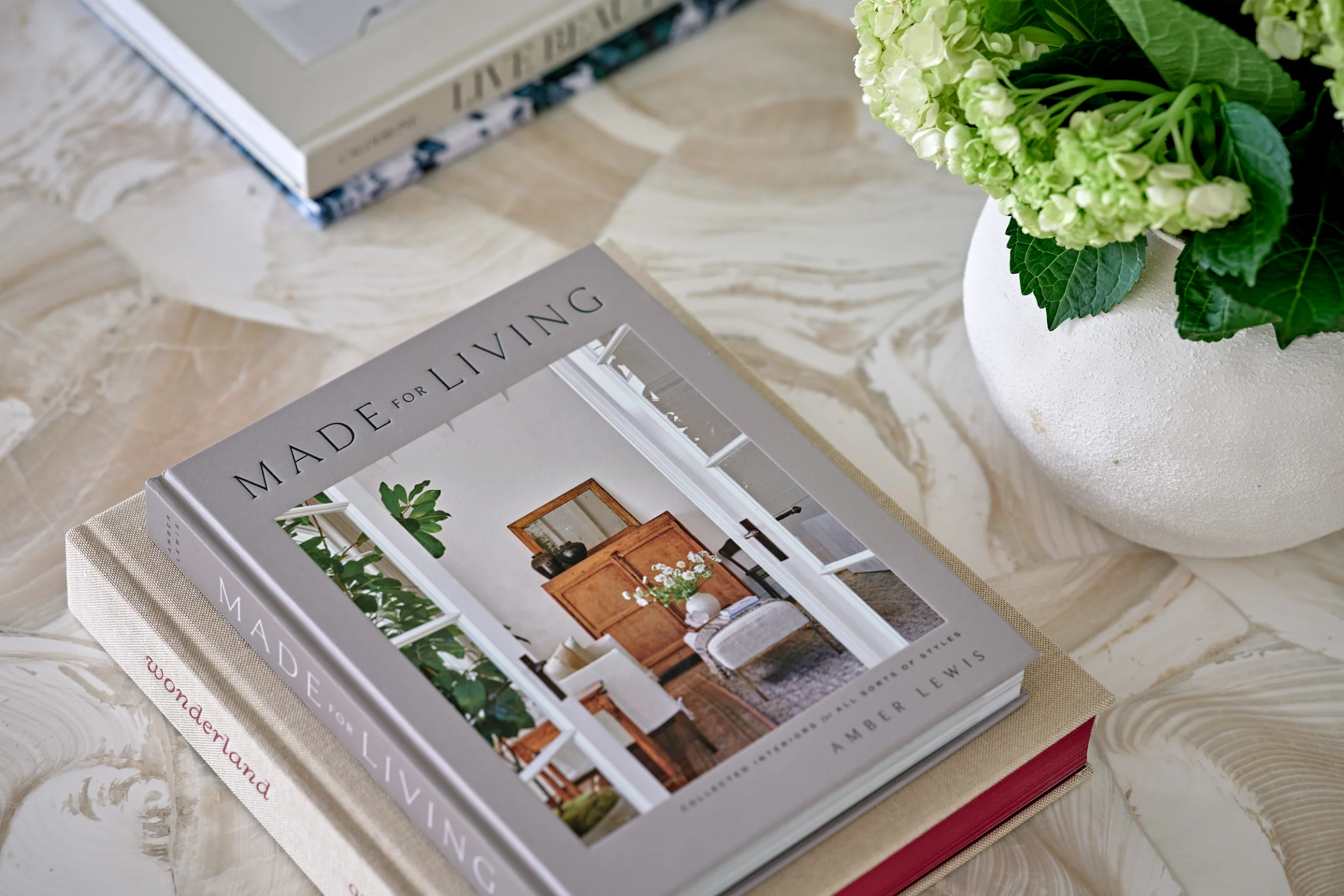

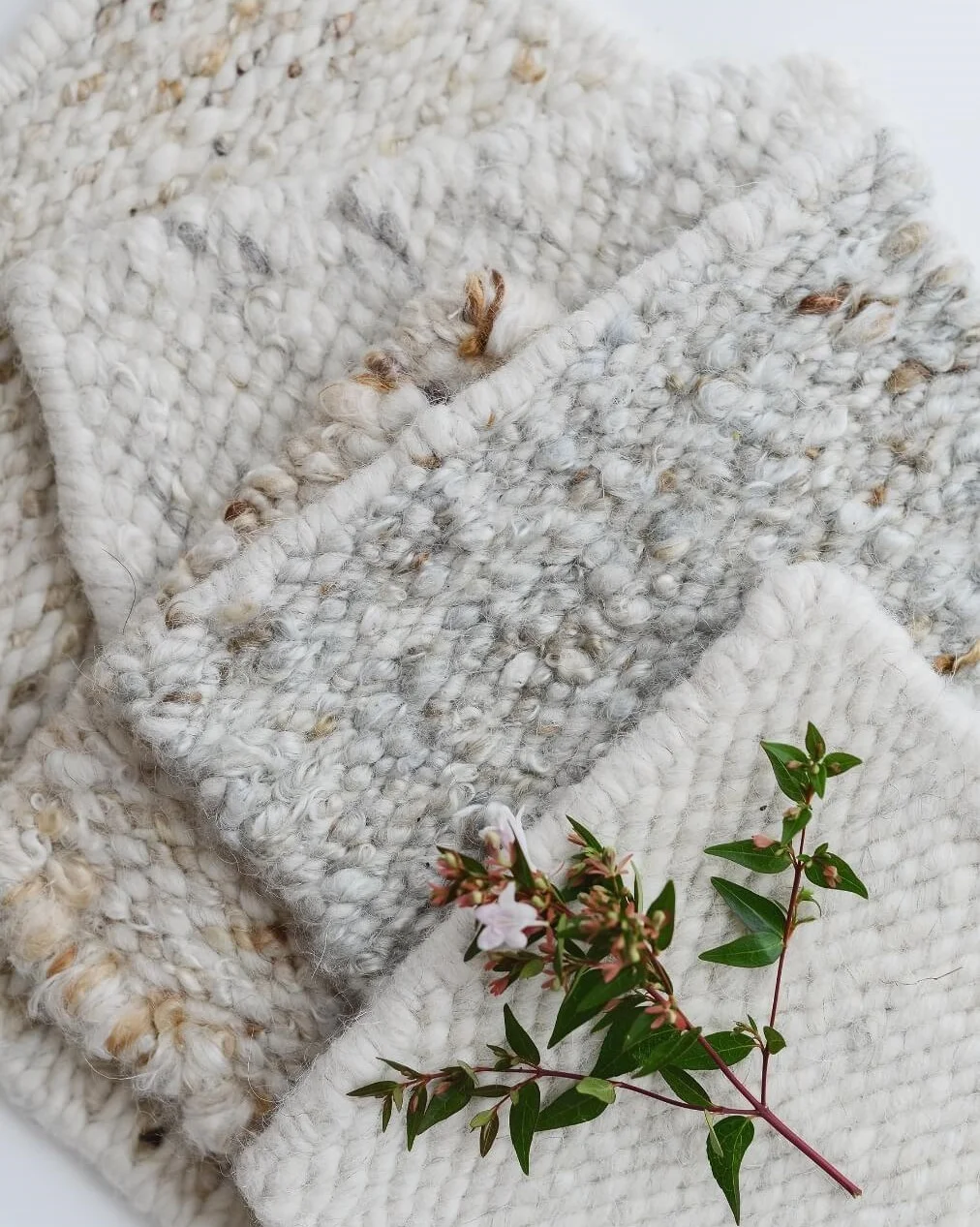
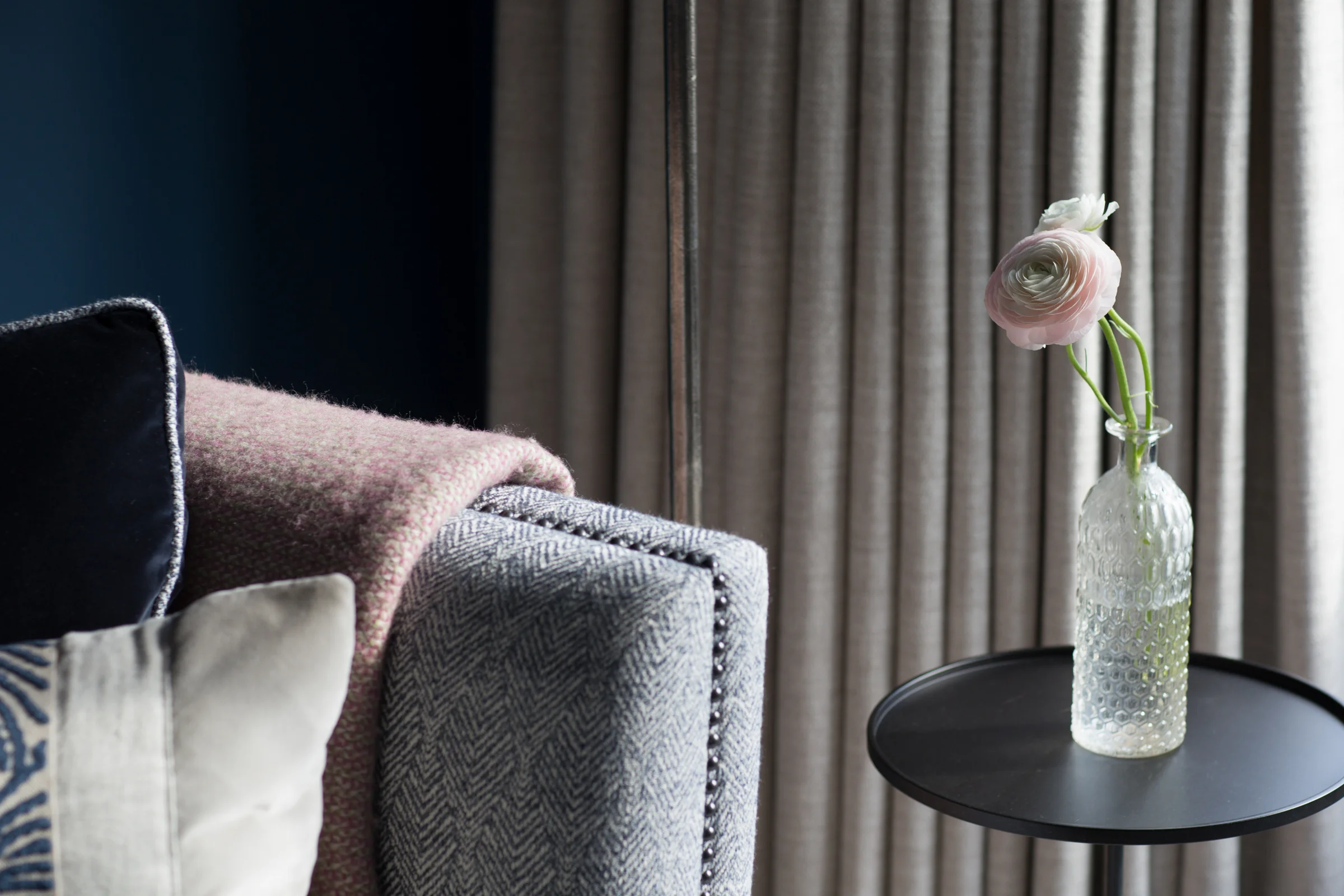
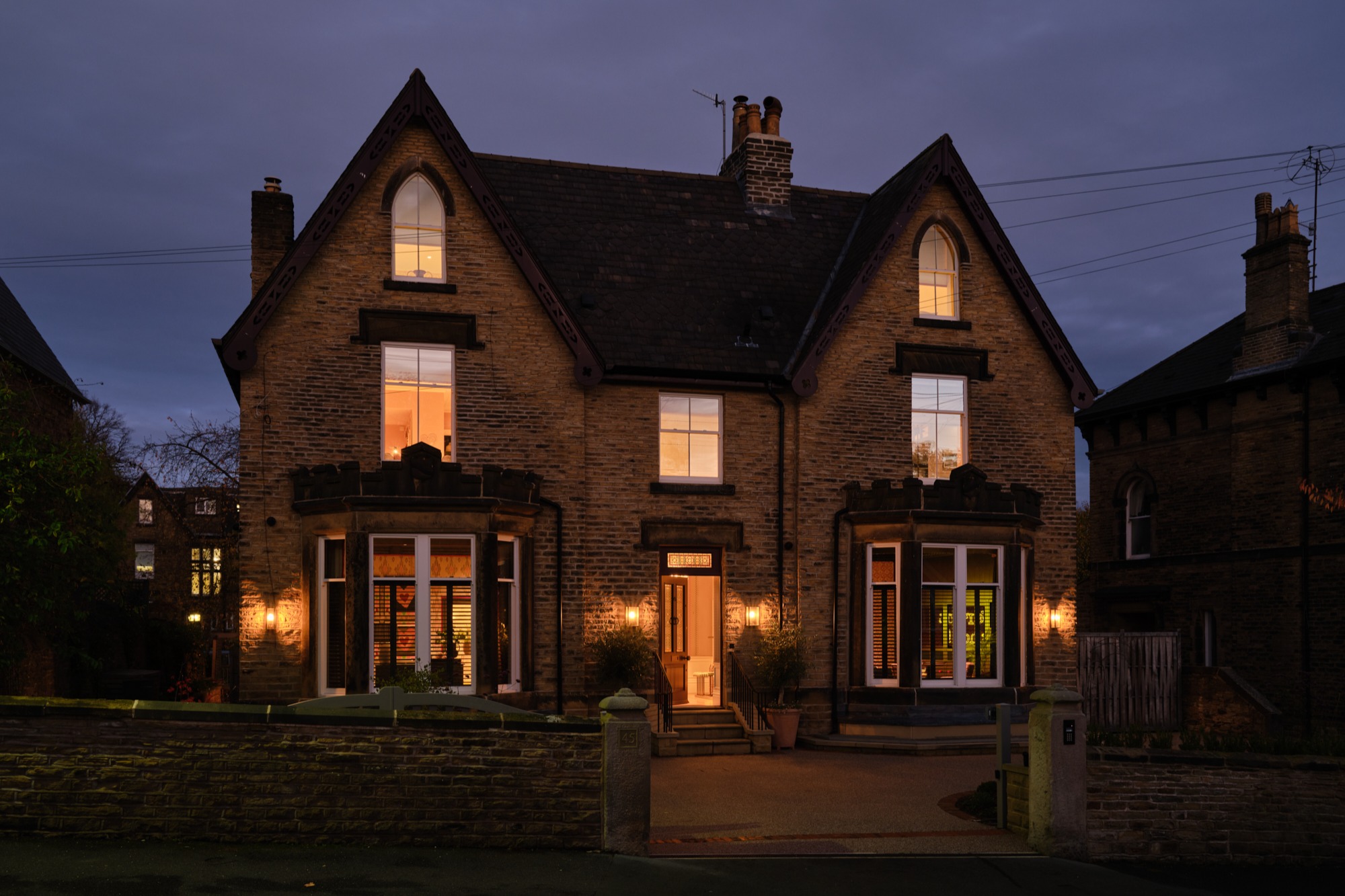 A bold, bespoke transformation that set out to divide opinion
A bold, bespoke transformation that set out to divide opinion
This is the story of one of our recent residential projects in Sheffield that was unapologetically created to divide guests' opinions. Although the entire internal configuration was reimagined, one thing mattered above all else: this new house still had to feel like the client's home.
Read more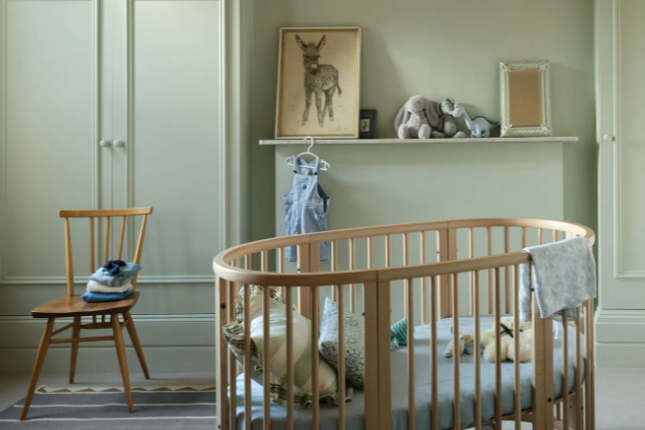 Colour Drenching: How to Get It Right in Your Home
Colour Drenching: How to Get It Right in Your Home
When done well, colour drenching can transform a room, creating mood and atmosphere like no other technique. But it’s also easy to get it wrong. Here’s everything you need to know, including the essential dos and don’ts.
Read moreWhen you're designing a space, one of the first big decisions you'll face is whether to opt for a timeless look or embrace current design trends. Both have their strengths and the right choice really depends on your lifestyle, personality and how you want the space to feel over time.
Read moreWe'd love to hear your aspirations for your home and how we can help you bring them to life. Please get in touch to arrange a chat with Hannah about your project.
Book a consultation